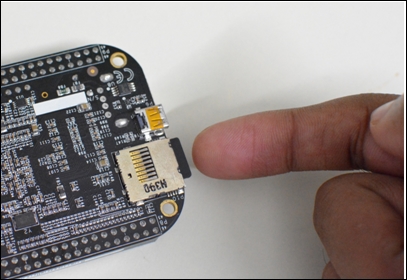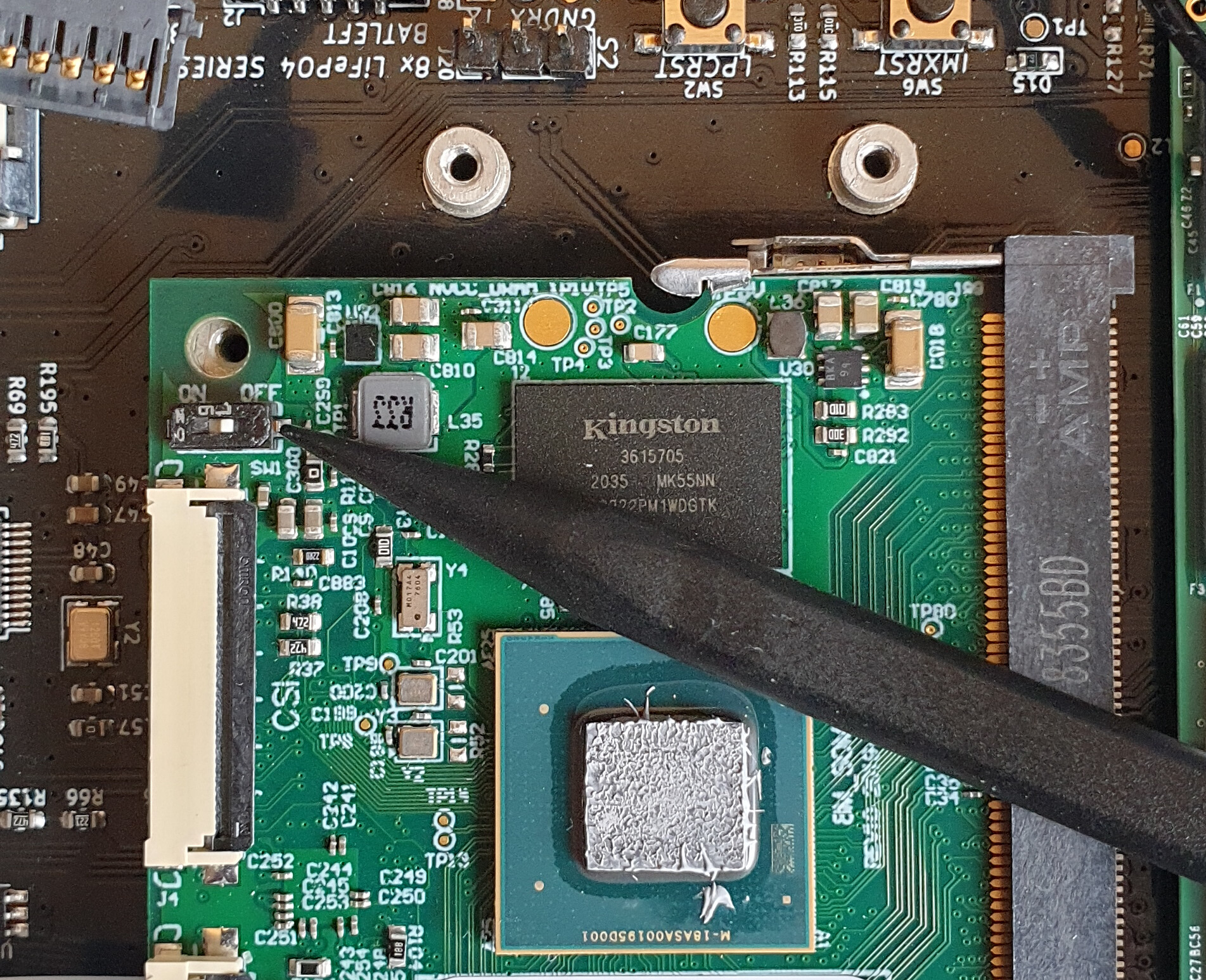


$ dpkg-divert -local -rename -add /sbin/initctl You may want to set-up a few more things before you chroot, e.g.

$ sudo mount -bind /sys /mnt/sys # OR: sudo mount -t sysfs sys /mnt/sys $ sudo mount -bind /proc /mnt/proc # OR: sudo mount -t proc proc /mnt/proc We also have to have some of the special directories in /mnt before we chroot: We first take a look at how what’s mounted where in our “real” (non-LiveCD) running system:Īnd mount that inside /mnt (which should be empty): We need to chroot into the "real" OS from the Live CD (Repair) session, and to do that want to set up a “shadow” of it inside /mnt, so, similarly to what is explained on : How to add additional modules to initrd.img The trick is to add support for SD cards into initrd.img: This is because while GRUB's initial stage IS loaded from the MBR on, and the Kernel CAN be loaded because /boot isn't on the SD, when that early initial Kernel which runs with the filesystem from /boot/initrd.img* wants to hand-over to our "real" filesystem on the SD, it gets stuck. You may try restarting now - but it won't work, yet. As Device for boot loader installation, use /dev/sda (NOT /dev/sda1, and certainly NOT /dev/mmcblk - as your BIOS cannot boot from that). dev/sda2 on /media/hdd - in case you run out of space on that SD. You may also want to use the rest of the space not needed for /boot on your HDD (or USB) to be e.g. Now put "/" on the SD (say as ext4 on /dev/mmcblk0p2, if you put a Swap /dev/mmcblk0p1 maybe) BUT make sure that /boot goes on say /dev/sda1 (or a USB stick device, slower than the SD), giving it 1 or few GBs. Start by doing a normal standard installation, but choose Installation type: Something else (You can create or resize partitions yourself, or choose multi.). The idea to get around the BIOS is to have just GRUB and /boot on either an internal HDD, or a USB stick you leave plugged in, and have the rest of the OS (maybe incl. (Speed Class 10, see an old SD card from a photo camera may or may not be fast enough for this approach to make sense in practice.) You’ll want to use a fast SD card for this purpose, maybe one you had lying around from a Raspberry Pi experiment? The SD card may likely be SLOWER than a SSD or even the original HDD. (If your laptop's BIOS CAN boot from SD cards like it can from harddisks and USBs, then no special instructions are needed, as it's a standard install.) to set up an older laptop which did have a SD card slot but not an SSD but a slower classic HD (may be with some worn out bad sectors after all those years, so you don't entirely trust that disk anymore?), or if you want to have an entire OS on a portable SD you can swap between computers. This page describes how to install on an SD card on systems where the BIOS cannot boot from SD (e.g.


 0 kommentar(er)
0 kommentar(er)
